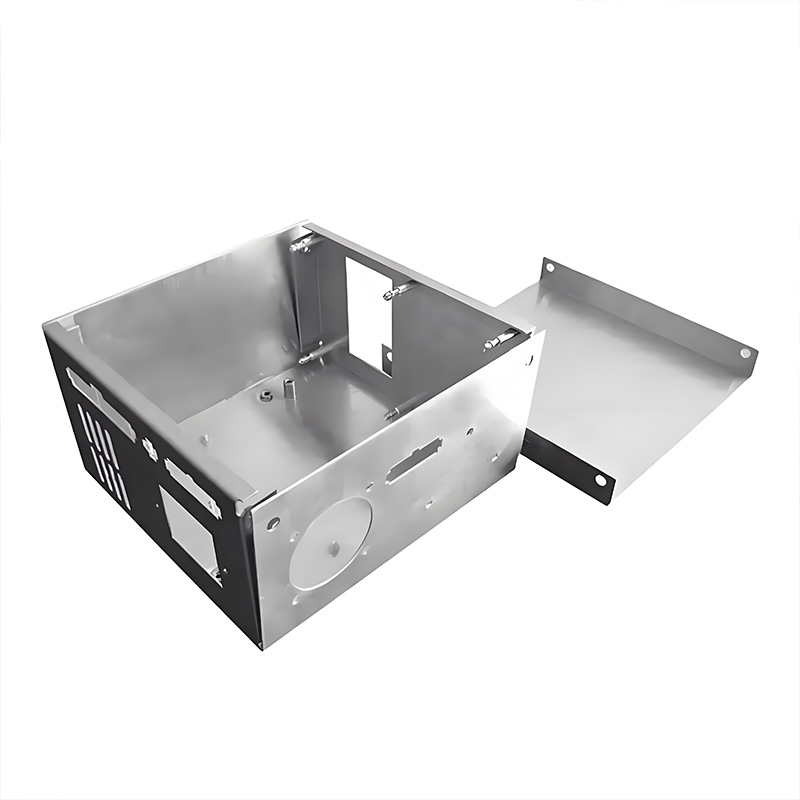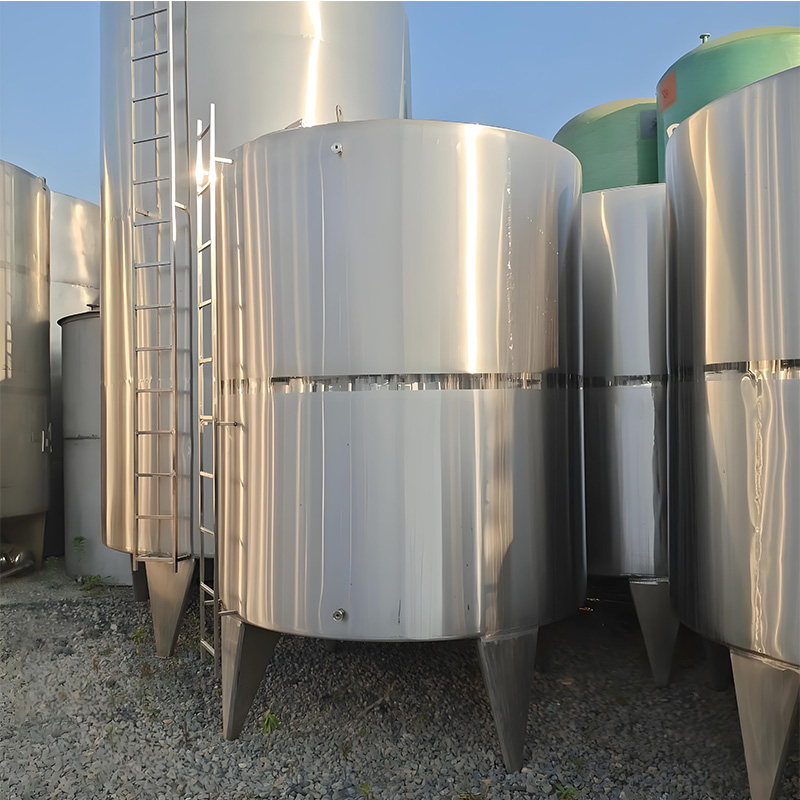Stainless Steel Storage Tank: Top 8 Amazing Maintenance Tips

Why Proper Maintenance Matters for Stainless Steel Tanks
Stainless steel storage tanks are vital assets in chemical, food, and pharmaceutical industries. Their 316L grade offers superior corrosion resistance. But here’s the catch: without proper care, even premium tanks fail prematurely. Regular maintenance prevents leaks, contamination, and costly downtime. Interestingly, over 60% of tank failures stem from poor maintenance practices according to EEMUA industry data :cite[10].
Top 4 Problems & Solutions for Stainless Storage Tanks
1. Corrosion and Pitting Issues
Despite stainless steel’s reputation, chlorides and acids cause pitting. We once inspected a dairy tank with pinhole leaks from lactic acid buildup. The fix? Regular passivation restores the protective chromium oxide layer. For chemical tanks, monthly internal inspections are non-negotiable.
2. Welding Defects and Leak Repair
Thin stainless sheets (like 16ga) often blow through during welding. Use 0.035″ MIG wire as filler at 35-50 amps for better control. Always purge with argon when repairing chemical tanks. Pro tip: Practice hole-patching on scrap metal first :cite[7].
3. Surface Contamination
Iron particles from tools embed into surfaces, causing rust spots. Use dedicated stainless brushes and avoid steel wool. For cleaning, skip corrosive soaps – warm water and specialized detergents work best. Wipe along the grain for polished surfaces.
4. Mechanical Damage
Dents compromise structural integrity. Install protective barriers around tanks in high-traffic areas. For mobile units with wheels, inspect frames quarterly. Surprisingly, 30% of damage occurs during cleaning operations when tools impact tank walls.
| Problem Area | Standard 304 Stainless | 316L Stainless (Recommended) |
|---|---|---|
| Chloride Resistance | Fails at >200 ppm | Withstands up to 1,000 ppm |
| Pitting Temperature | 60°C max | Up to 140°C |
| Acid Resistance (pH) | >4.5 | >2.5 (with passivation) |
Step-by-Step Passivation Process
Passivation boosts corrosion resistance dramatically. Follow these steps:
Step 1: Thoroughly clean surfaces with alkaline detergent to remove oils (wear PPE!)
Step 2: Apply nitric or citric acid solution per ASTM A967 standards
Step 3: Soak for 20-30 minutes at 50-60°C – temperature matters
Step 4: Rinse with deionized water – tap water causes new rust
Step 5: Air-dry completely before resealing tank
In 2025, our team implemented this for a stainless steel storage tank storing acetic acid. Result? Corrosion rates dropped 70% in six months. The client saved $12K in potential repairs.
Warning: Never use hydrochloric acid for cleaning! It destroys passive layers. Avoid abrasive pads that scratch surfaces. And don’t skip rinsing – acid residue is worse than no treatment.
Daily & Weekly Maintenance Protocols
Consistency beats intensive cleanings. Wipe exteriors daily with pH-neutral cleaners. Check welds and seals weekly using bright LED lights. Monitor pressure and temperature gauges – sudden changes indicate problems. For mobile tanks, lubricate wheel bearings monthly.
Fun fact: Properly maintained stainless steel storage tanks last over 25 years. That’s triple the lifespan of unmaintained units!
Checklist for Quarterly Professional Inspection
Follow EEMUA 159 guidelines for formal inspections :cite[10]. Document findings digitally for trend analysis.
FAQs: Stainless Steel Tank Maintenance
Q: How often should I passivate my chemical storage tank?
A: Annually for mild chemicals. Quarterly for aggressive substances like acids or bleach. Test passivation quality with copper sulfate kits.
Q: Can I repair dents myself?
A: Minor dents? Maybe. But significant damage requires professional assessment. DIY attempts often worsen stress points. Remember, improper repairs void certifications.
Q: Why choose 316L over 304 for chemical tanks?
A> 316L contains molybdenum for enhanced corrosion resistance – crucial for chemicals. Worth the 20% price premium for safety. Mirror polishing (Ra≤0.45μm) further improves cleanability :cite[8].
Key Takeaways
Maintaining your stainless steel storage tank isn’t rocket science. Stick to scheduled passivation, gentle cleaning, and professional inspections. Address small issues before they become disasters. Invest in quality components like those from trusted CNC machining specialists. Your tank will reward you with decades of reliable, leak-free service.









